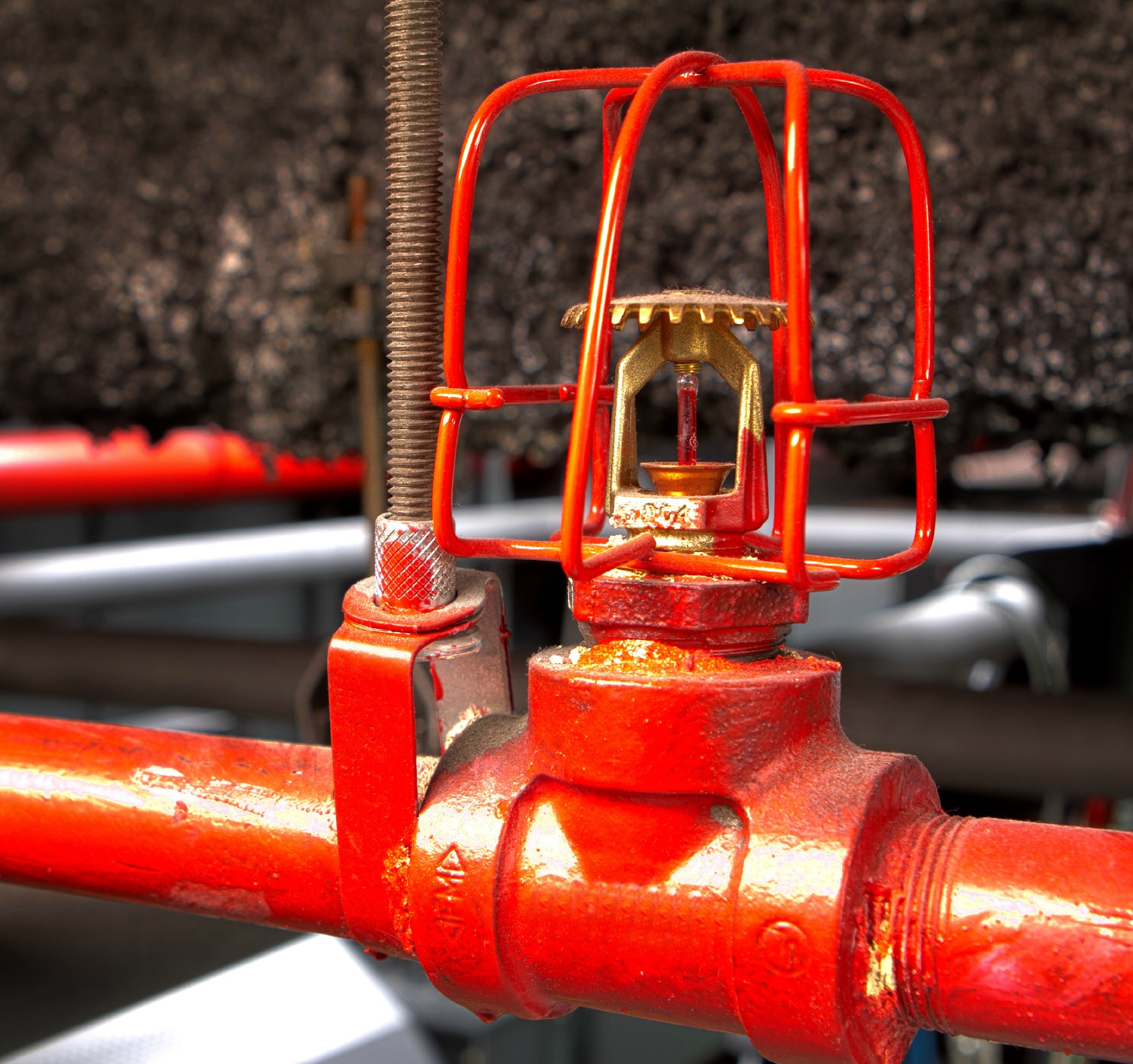A Brief Review of Test, Burst and Working Pressures

Wheatland’s Schedule 40 black and galvanized pipe, made to conform to the ASTM A53 specification, is intended for mechanical and pressure applications. The Scope of ASTM A53 states, “Pipe ordered under this specification is intended for mechanical and pressure applications and is also acceptable for ordinary uses in steam, water, gas and air lines”. Pipe for use under pressure is also important for sprinkler piping, API Line pipe, tubing and casing and the coupling stock we make.
To help you differentiate between the types of testing, working and burst pressures, below is a brief review.
Test Pressure
Test pressure refers to the hydrostatic (water) pressure test applied at the mill. It is an inspection device used to assure integrity of the pipe body and weld.
A general rule applied in selecting test pressures is that test pressure must exceed service pressure to which the pipe would ordinarily be subjected. Test pressures do, however, increase as the wall thickness of the pipe increases
For continuous butt-welded (CBW) and electric-resistance welded (ERW) pipe, the mill applied test pressure is ordinarily calculated from a constant mathematical formula known as the “Barlow Equation”:
P = 2St/D
P = Test Pressure
S = Specified yield strength of material normally, 60% of the yield
t = Wall thickness
D = Nominal outside diameter
For Grade A pipe where the minimum specified yield strength is 30,000 psi, the factor S is 18,000. For Grade B pipe where the minimum specified yield strength is 35,000 psi, the factor S is 21,000. Therefore, for equivalent pipe sizes, Grade B pipe has a higher test pressure because it is manufactured to a higher strength level.
Two rules are also applied to the selection of test pressures:
- Test pressures determined from the formula shall be rounded to the nearest 50 psi for pressures below 1,000 psi, and rounded off to the nearest 100 psi for pressures over 1,000 psi.
- Regardless of the value given by the formula, test pressure shall never exceed 2,500 psi for outside diameters 3.500 inches or less, or 3,000 psi for outside diameters over 3.500 inches.
There are two reasons to justify rule #2 in limiting the maximum test pressure. One reason is that the pipe would not ordinarily see service pressures any higher than the maximum listed. The other reason is that testing individual lengths to higher pressures increases the risk that the pressure will cause the pipe to bow or bend, which would necessitate re-straightening the pipe.
Burst Pressure
Burst pressure refers to the internal pressure that causes a pipe to burst or fracture.
The nominal burst pressure is also calculated from the Barlow Equation. However, factor S is selected as the minimum specified tensile strength of the pipe being used.
For Grade A pipe, the value of S is 48,000 psi and for Grade B, the value of S is 60,000 psi. The above values are used for both seamless and electric-resistance welded pipe because these products are considered to be completely uniform in strength around the circumference.
Working Pressure
Working pressure is a term used to describe the maximum allowable pressure a tubular product may be subjected to while in-service. This includes what is commonly known as “pressure surges”.
At Wheatland, we use formulas in the 2014 ASME B31.1 Power Piping Code as a guideline for determining maximum working pressures. Safety factors included with the guideline should be used, but the guideline does not supersede any federal, state and local codes or jurisdictions. Just remember: some state and local codes place further restrictions on actual working pressures.
For more information about test, burst and working pressures, contact Wheatland’s Technical Services Manager, Mike Ryan at mike.ryan@jmcsteel.com.
